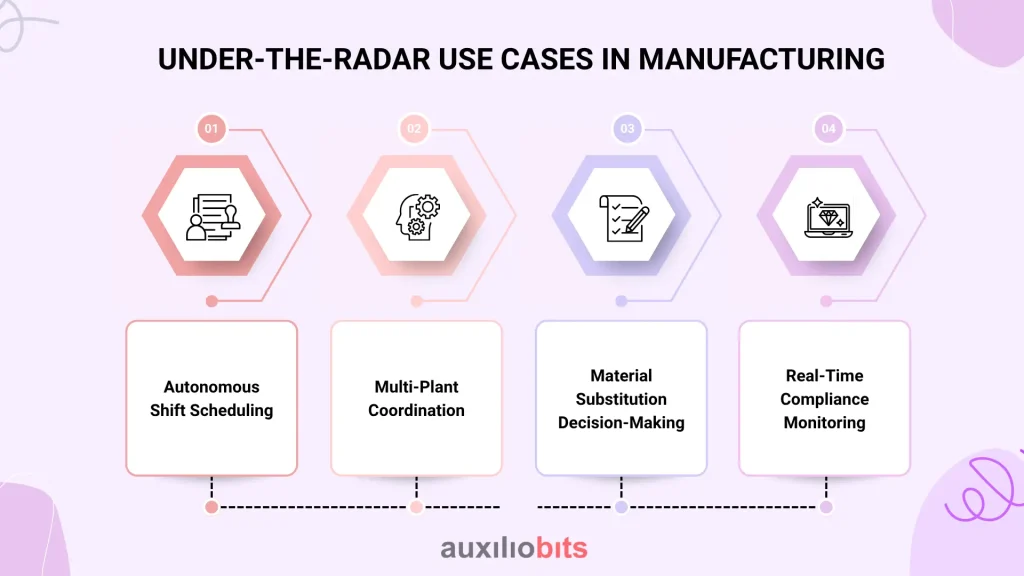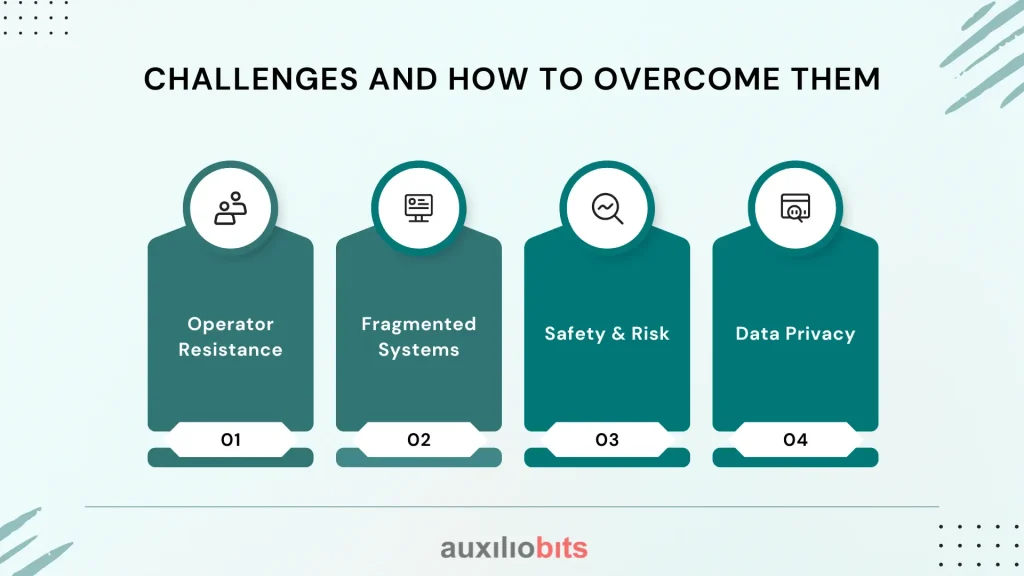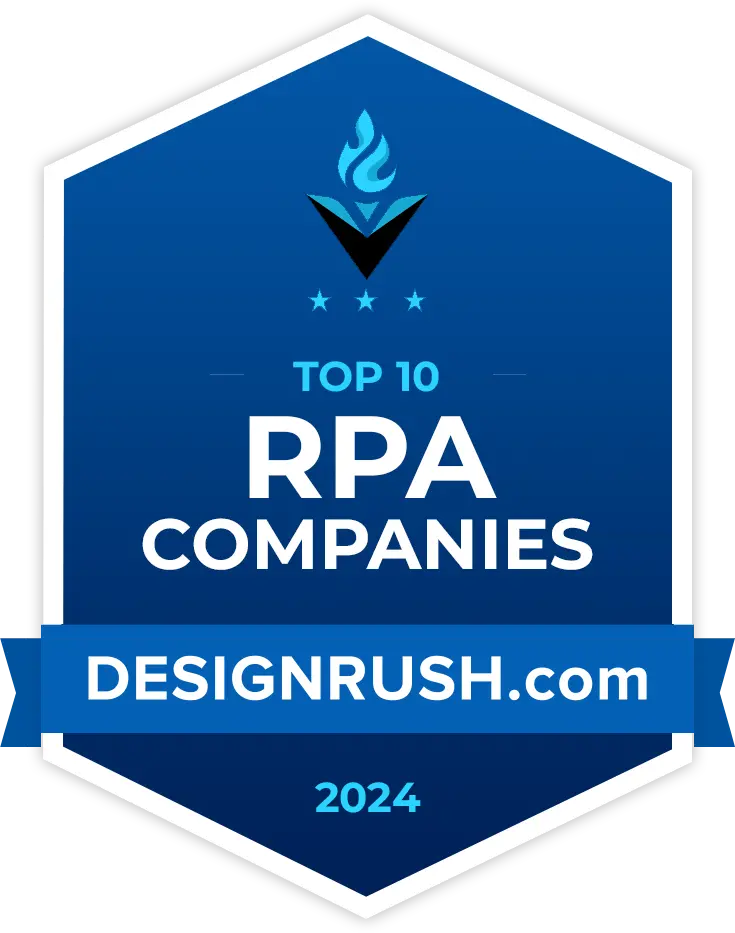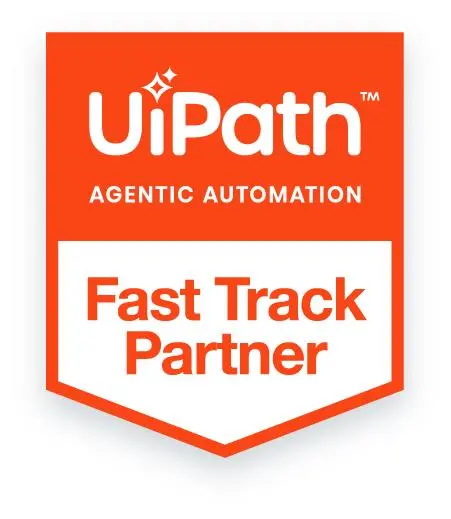
Key Takeaways
- Agentic Automation enables self-directed, adaptive workflows—ideal for complex manufacturing scenarios.
- It replaces reactive automation with proactive intelligence—agents sense, plan, and execute across systems.
- Use cases go beyond robotics—think autonomous procurement, dynamic scheduling, and compliance agents.
- A structured roadmap includes process mapping, agent design, data harmonization, testing, and rollout.
- The manufacturing floor of the future won’t be just bright—it will be consciously adaptive and self-evolving.
In the age of smart factories and Industry 5.0, manufacturers are aggressively exploring next-gen technologies to gain agility and resilience. However, traditional automation has begun to plateau. RPA bots, fixed-function machinery, and SCADA systems often struggle when confronted with the complexity and unpredictability of modern industrial environments.
Agentic Automation, powered by intelligent, autonomous AI agents, is emerging as the solution to these limitations. This blog builds a comprehensive, step-by-step roadmap to help manufacturing enterprises shift from rigid automation scripts to dynamic, self-learning agent ecosystems.
Also read: The Role of APA in Building Autonomous Business Processes.
What Is Agentic Automation?
Agentic Automation refers to automation driven by Agentic AI agents—software entities that autonomously perceive context, set goals, make decisions, and take action. They’re not merely programmed; they’re designed to reason, collaborate, and learn.
These agents are capable of:
- Monitoring multiple systems and interfaces simultaneously
- Reacting to real-time events
- Resolving conflicts and exceptions
- Communicating with humans and other agents using natural language
Think of them as digital coworkers with goals and strategies, not just static bots. They combine symbolic reasoning, machine learning, and knowledge graphs to create a form of digital cognition, making them ideal for chaotic, real-time manufacturing scenarios.
Why Manufacturing Needs Agentic AI Now?
Manufacturing environments are becoming increasingly complex and volatile:
- Supply chains are fragile and global
- Products are highly customized.
- Regulations are strict and ever-changing. ing
- Labor shortages are growing.ng
- Machine-generated data is abundant but underused.
The Cost of Manual and Traditional Automation
Most plants still rely on Excel-based dispatching, operator-driven MES adjustments, or hand-coded automation scripts. These lead to:
- Frequent line stoppages
- Delays in procurement
- Over- or understocking
- Manual escalations during breakdowns
Agentic AI overcomes this by monitoring, reasoning, and acting autonomously, even in the face of uncertainty.
Traditional Automation vs. Agentic Automation
Let’s compare how both approaches differ fundamentally:
| Attribute | Traditional Automation | Agentic Automation |
| Initiation | Trigger-based | Self-initiated |
| Logic | Static, rule-based | Dynamic, goal-oriented |
| Adaptability | Low | High |
| Error Handling | Manual intervention | Self-correcting |
| Knowledge Retention | None | Learning over time |
| Collaboration | Isolated tasks | Agent-to-agent cooperation |
Traditional automation is most effective in stable, predictable scenarios. Agentic automation thrives in unstructured, evolving environments, where decision-making and context-awareness are essential.
Under-the-Radar Use Cases in Manufacturing
While most discussions focus on robots or IoT sensors, Agentic AI unlocks lesser-known, high-impact use cases:

1. Autonomous Shift Scheduling
Agents factor in operator availability, machine health, and production urgency to dynamically recommend shift structures, minimizing overtime and downtime.
2. Multi-Plant Coordination
In distributed manufacturing, agents compare machine availability across plants and autonomously reroute orders, thereby optimizing capacity utilization.
3. Material Substitution Decision-Making
When a raw material becomes unavailable, the agent accesses quality records, compliance databases, and supplier ratings to propose viable substitutes, saving critical production delays.
4. Real-Time Compliance Monitoring
Agents monitor emissions, batch mixing proportions, and environmental factors—alerting teams when tolerances are breached and generating audit-ready reports on the fly.
These use cases illustrate that Agentic AI goes far beyond task automation—it enhances decision-making at operational, tactical, and strategic levels.
Core Capabilities of Agentic AI in Industrial Settings
The core capabilities of agentic AI in industrial settings are as follows:
1. Continuous Perception
Agents ingest:
- Sensor and telemetry data (e.g., vibration, temperature, throughput)
- MES/ERP events
- Email instructions or maintenance tickets
This provides a holistic, real-time understanding of plant operations.
2. Goal-Based Execution
Unlike bots, which wait for instructions, agents pursue defined goals:
- Maximize equipment uptime
- Reduce batch rework rates.
- Maintain regulatory compliance
They strategize paths dynamically based on current constraints.
3. Agent Collaboration
Multiple agents negotiate or delegate tasks:
- A quality control agent alerts a procurement agent to rerun a lot if the input quality is poor.
- A scheduling agent coordinates with the maintenance agent to reschedule jobs during repair downtime.
This mimics cross-functional teamwork in real factories.
4. Learning and Adaptation
Agents record historical success and failure rates, allowing them to evolve their decision policies over time, which is crucial for environments with seasonal variations or machine behavior drift.
Step-by-Step Roadmap to Implementation
Make sure to consider the following steps for the roadmap:
Step 1: Map Critical Processes
Use process mining tools to identify:
- High-volume, exception-prone tasks
- Tasks with fluctuating inputs/outputs
- Processes dependent on human memory or tribal knowledge
Examples Include Maintenance planning, quality deviation resolution, and inventory adjustments.
Step 2: Define Agent Roles
Clearly outline agent roles:
- “Preventive Maintenance Agent”: Forecasts failure and plans repairs.
- “Dispatch Optimizer Agent”: Allocates jobs across lines to reduce bottlenecks.
Include metrics: mean time to repair (MTTR), order fulfillment lag, scrap percentage.
Step 3: Establish a Data Fabric
Agents need unified data access. Create a semantic data layer that connects:
- ERP systems (SAP, Oracle)
- MES/SCADA systems
- Asset performance management systems
- Excel sheets and emails
Use middleware or data virtualization platforms to avoid data silos.
Step 4: Select the Agentic Framework
Key frameworks and models include:
- AutoGen (OpenAI): For multi-agent task orchestration
- LangChain: For reasoning over structured/unstructured data
- Microsoft’s Semantic Kernel: To integrate AI with enterprise workflows
Ensure the platform supports LLMs, plug-ins, memory, and external API tools.
Step 5: Develop Agent Behavior Trees
Model agent decisions using:
- Decision trees
- Goal hierarchies
- Reward-based logic
This allows for explainable behavior and sets up a fallback mechanism in case the agent is unsure.
Step 6: Run in Shadow Mode
Before live execution, run agents in advisory mode to compare their output with human decisions. Refine until agent performance meets or exceeds human benchmarks.
Step 7: Deploy with Confidence Thresholds
Once proven, gradually enable execution autonomy with thresholds:
- 95% confidence? The agent acts.
- 80-94%? Human-in-the-loop required.
- <80%? Escalate to a supervisor.
This de-risks the transition and builds operator trust.
Key Technology Stack for Agentic Automation
| Layer | Tools | Role |
| LLM & Reasoning | GPT-4, Claude, Azure OpenAI | Task planning and decision-making |
| Agent Framework | AutoGen, LangChain | Agent coordination and memory |
| Integration Layer | UiPath, n8n, Microsoft Power Platform | Connecting agents with legacy systems |
| MES/ERP | Siemens Opcenter, SAP, Oracle | Source of truth for operations |
| Data Layer | Databricks, Denodo, Azure Synapse | Unified access to structured/unstructured data |
| Monitoring | Grafana, Prometheus, Sentry | Track performance, detect model drift |
Challenges and How to Overcome Them
While Agentic AI offers transformative potential, its enterprise adoption is hindered by practical hurdles, including user pushback, as well as technical and compliance risks. Here’s a breakdown of key challenges and how to strategically overcome them.

1. Operator Resistance
Solution: Start in co-pilot mode. Show measurable results—reduced rework, better schedules—to build trust.
2. Fragmented Systems
Solution: Use lightweight wrappers, APIs, or event-driven architecture to link legacy systems with agent interfaces.
3. Safety & Risk
Solution: Deploy dynamic risk scoring. Only allow autonomous execution when the potential impact is low or mitigated.
4. Data Privacy
Solution: Agents must be aligned with IT and governance frameworks, with anonymized or role-based access where needed.
The Future of Agentic Manufacturing
We are rapidly transitioning to Cognitive Manufacturing Ecosystems, where:
- Agents predict changes in market demand and adjust production accordingly.
- Energy optimization agents throttle non-essential processes during peak pricing.
- Workforce management agents recommend upskilling programs based on observed gaps.
Ultimately, factories will operate as distributed intelligence networks, where collaborating agents dynamically govern every machine, process, and workflow.
Final Thoughts
Agentic Automation is not just a trend—it’s a tectonic shift in how manufacturing operates. By empowering software agents to think, plan, and act autonomously, manufacturers unlock new levels of efficiency, responsiveness, and adaptability.
Unlike conventional automation that demands predictability, Agentic AI thrives in ambiguity. It’s tailor-made for the future of manufacturing, where change is the only constant.
Now is the time to build the roadmap—before competitors leap first.








